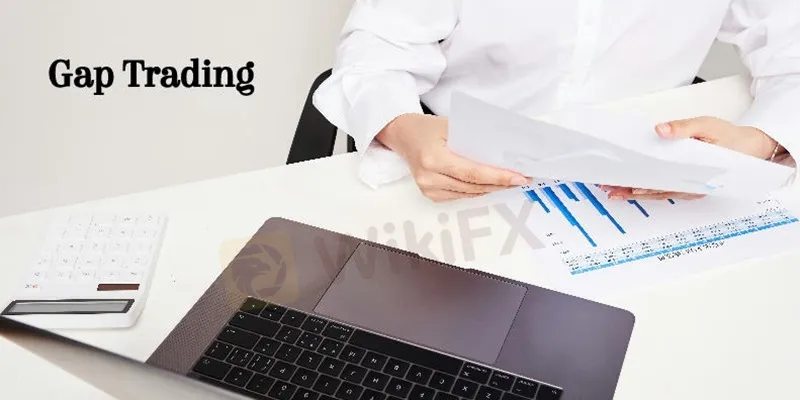As a forex trader, you’ve likely encountered the puzzling phenomenon of gaps in your charts. These sudden jumps or drops in price can be perplexing and can have significant implications for your trading strategies. In this article, we will delve into the intriguing world of gaps in forex trading, exploring the causes, types, and strategies to navigate them effectively.

Image: www.wikifx.com
Market Closures and News Events: The Catalyst for Gaps
Gaps occur primarily due to market closures and unexpected news events that trigger sharp price movements. When the forex market closes on weekends or during holidays, pending orders are left unexecuted. Upon reopening, the market adjusts to reflect the accumulated buy or sell pressure, resulting in price jumps or drops that create gaps.
Similarly, major news announcements, economic releases, or political events can trigger significant market reactions. If these events occur outside of trading hours, gaps will appear when the market reopens as traders scramble to adjust their positions.
Types of Gaps: Common Variations Encountered in Forex Trading
There are three primary types of gaps in forex trading:
- Common Gaps: Occur frequently and typically fill within a short period. They are caused by temporary imbalances in supply and demand.
- Breakaway Gaps: Signal a significant change in market sentiment and often occur at the beginning of a new trend. They are less likely to fill.
- Exhaustion Gaps: Form at the end of a trend and indicate a potential reversal. They are often followed by a period of consolidation or reversal.
Understanding the Causes and Implications of Gaps
Gaps can provide valuable insights into market sentiment and potential price movements:
Causes: Market closures, news events, supply and demand imbalances, liquidity issues.
Implications: Sudden price changes, potential trading opportunities, risk of stop-loss orders being triggered.

Image: www.pinterest.com
Tips and Expert Advice for Navigating Gaps in Forex Trading
To mitigate the impact of gaps on your trading, consider the following tips and expert advice:
- Be aware of market closures and news: Know when the market is closed and stay informed about upcoming news releases.
- Place stop-loss orders accordingly: Position stop-loss orders beyond potential gap areas.
- Consider using limit orders: Limit orders can help you avoid gaps and enter or exit trades at specific prices.
- Manage risk: Use proper risk management techniques to mitigate the potential impact of gaps.
- Use technical analysis: Technical analysis can help identify potential gap areas and prepare trading strategies accordingly.
Frequently Asked Questions on Gaps in Forex Trading
Q: What causes gaps in forex trading?
A: Market closures, news events, imbalances in supply and demand, and liquidity issues.
Q: How do gaps affect forex traders?
A: Gaps can trigger sudden price changes, affecting open positions and potentially triggering stop-loss orders.
Q: How can I mitigate the impact of gaps?
A: Be aware of market closures, use limit orders, manage risk, and use technical analysis to identify potential gap areas.
Why Gaps Occur In Forex Trding
Conclusion
Gaps in forex trading are a fascinating yet challenging aspect of market behavior. By understanding their causes, types, and implications, traders can gain an edge in navigating market discontinuities. Implementing the tips and strategies outlined in this article can help mitigate the impact of gaps on your trading performance. Are you ready to explore the dynamic world of forex trading and master the art of gap navigation?






